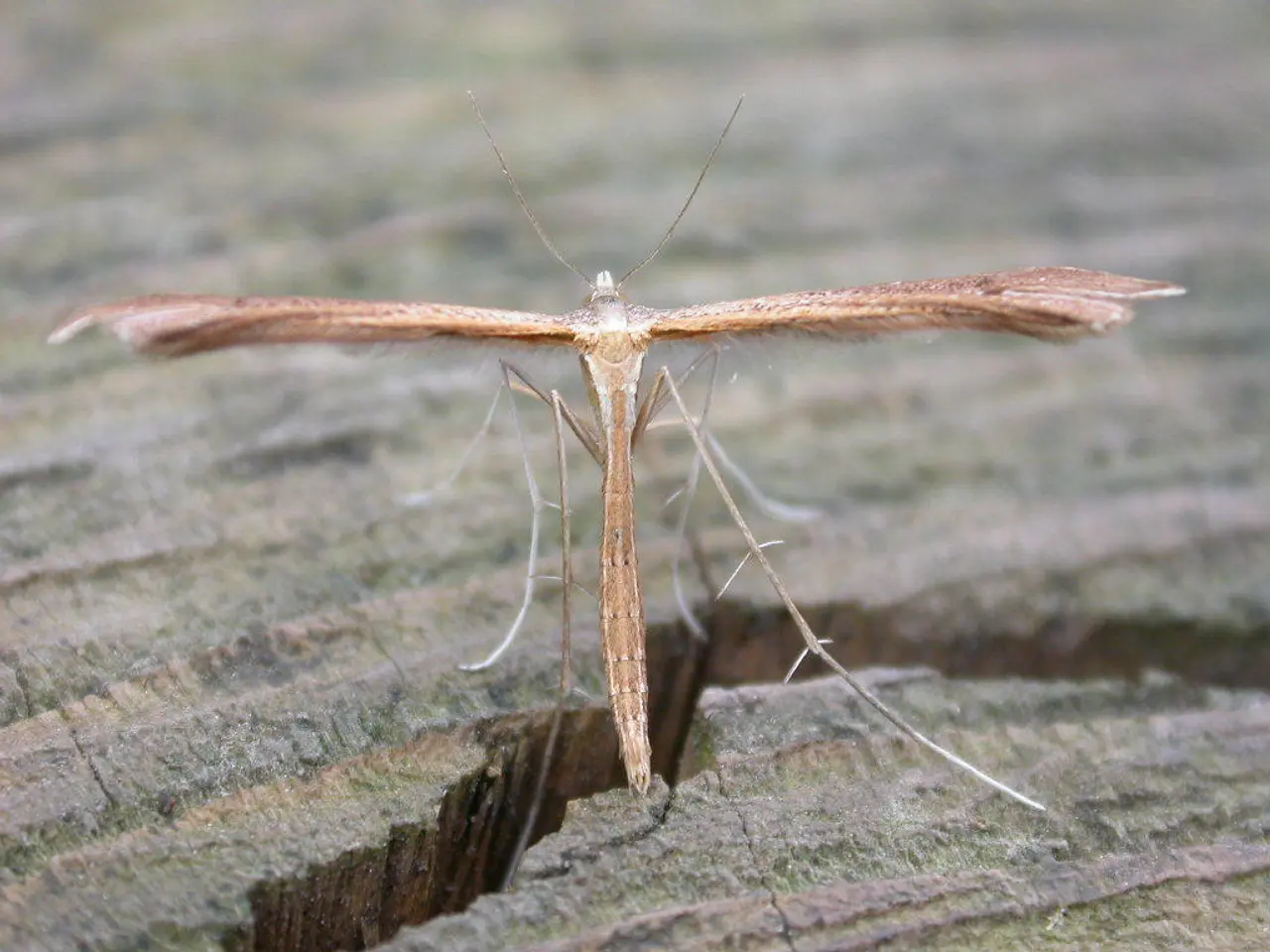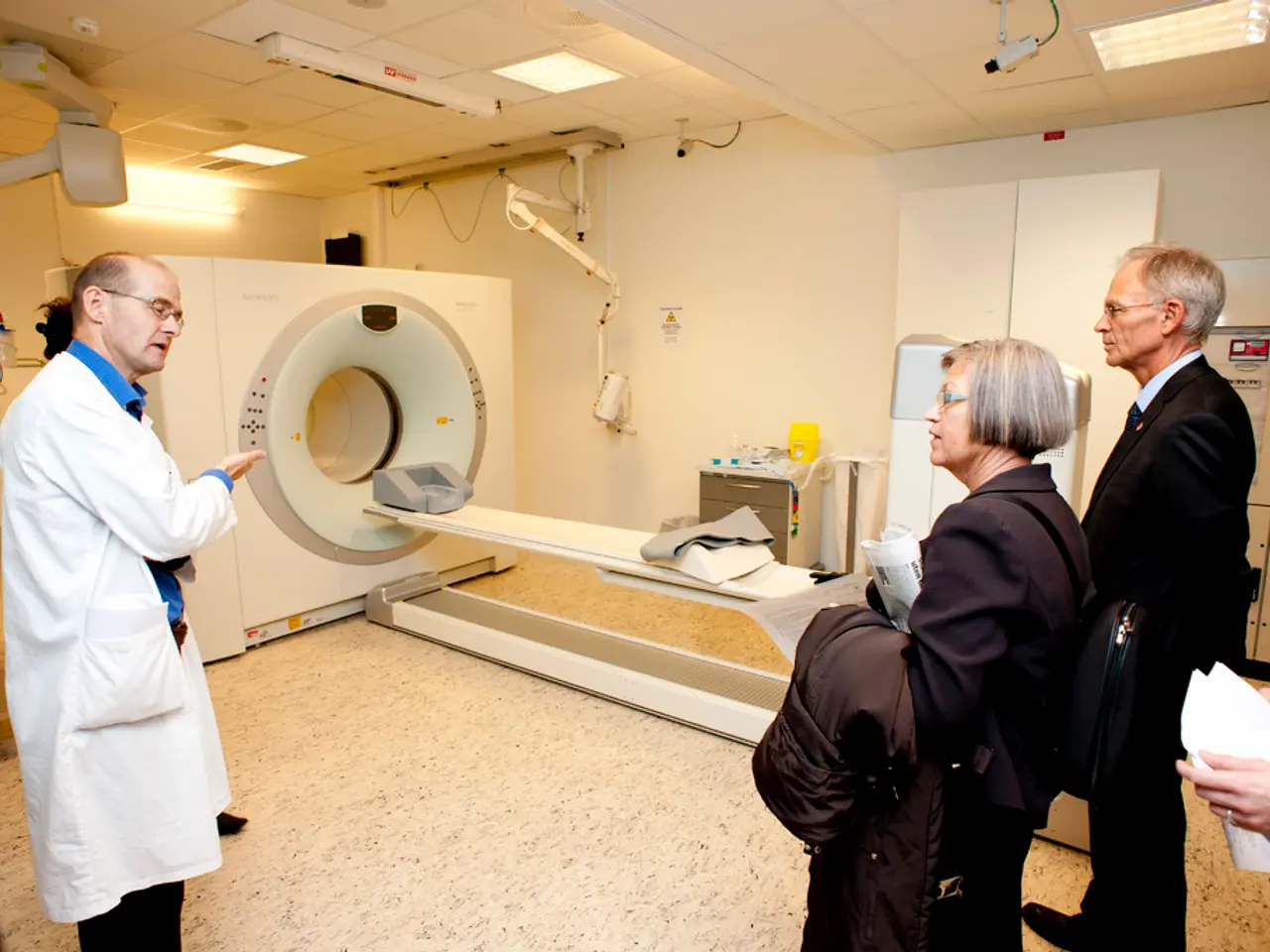The extent of wasp danger: An examination
For those with wasp allergies, it's essential to seek medical help promptly in case of a reaction. Knowing how to avoid wasp stings and what to do in case of one can help ensure safety.
Wasp stings are commonly caused by unintentional disturbance or provocation of wasps such as paper wasps, European wasps, hornets, yellow jackets, and other stinging insects. To avoid wasp stings, it's important to be mindful of one's surroundings and behaviours.
Avoid walking barefoot outdoors, especially near flowering plants or garbage. Do not disturb wasp nests; keep a safe distance. It's also advisable to avoid wearing bright colours or strong fragrances, as well as being cautious when eating outdoors, especially with sweet foods or drinks. Instead, move calmly away if a wasp approaches you, rather than swatting at it.
In case of a wasp sting, immediate first aid measures include removing the stinger, if present, by gently scraping with a fingernail or a credit card. Wash the sting site with soap and water to prevent infection, and apply an ice pack or cold compress to reduce pain and swelling. Antihistamines or pain relief can be taken to alleviate itching or discomfort.
However, if the sting is near sensitive areas like the mouth or eyes, or if severe swelling occurs, seek medical advice immediately. Signs of dangerous or severe allergic reactions (anaphylaxis) to wasp stings include widespread hives or itching, swelling of the lips, tongue, or throat, difficulty swallowing or breathing, shortness of breath, wheezing, dizziness, fainting, nausea, vomiting, abdominal pain, diarrhea, and a feeling of impending doom or sudden weakness.
In such cases, administer epinephrine immediately if available, call emergency services promptly, and follow an allergy action plan if prescribed. Even if symptoms improve, always seek urgent medical evaluation after anaphylaxis.
People known to have insect sting allergies should carry epinephrine autoinjectors at all times, especially when outdoors, and consult an allergist for assessment and possible venom immunotherapy to reduce the risk of future severe reactions.
In summary, wasp stings are common and can be dangerous, especially for those with allergies. By being aware of potential causes and taking precautions, one can minimise the risk of wasp stings. Immediate first aid focuses on cleaning and symptom relief, while recognition and prompt treatment of anaphylaxis are critical for safety.
- "Embracing a comprehensive health-and-wellness approach, it's advisable for those with insect sting allergies to engage in fitness-and-exercise routines to bolster their physical fitness."
- "In the workplace-wellness sphere, providing mental-health resources and skin-care awareness can help improve the overall well-being of employees who are at risk of severe allergic reactions to wasp stings."
- "When developing therapies-and-treatments for insect sting allergies, it's crucial to consider the long-term effects on mental health and overall skin health, as stress and poor skin care can exacerbate reaction symptoms."
- "Further research is needed in the field of science to develop more effective preventive measures and treatments for insect sting allergies, ensuring the well-being and safety of those afflicted."




